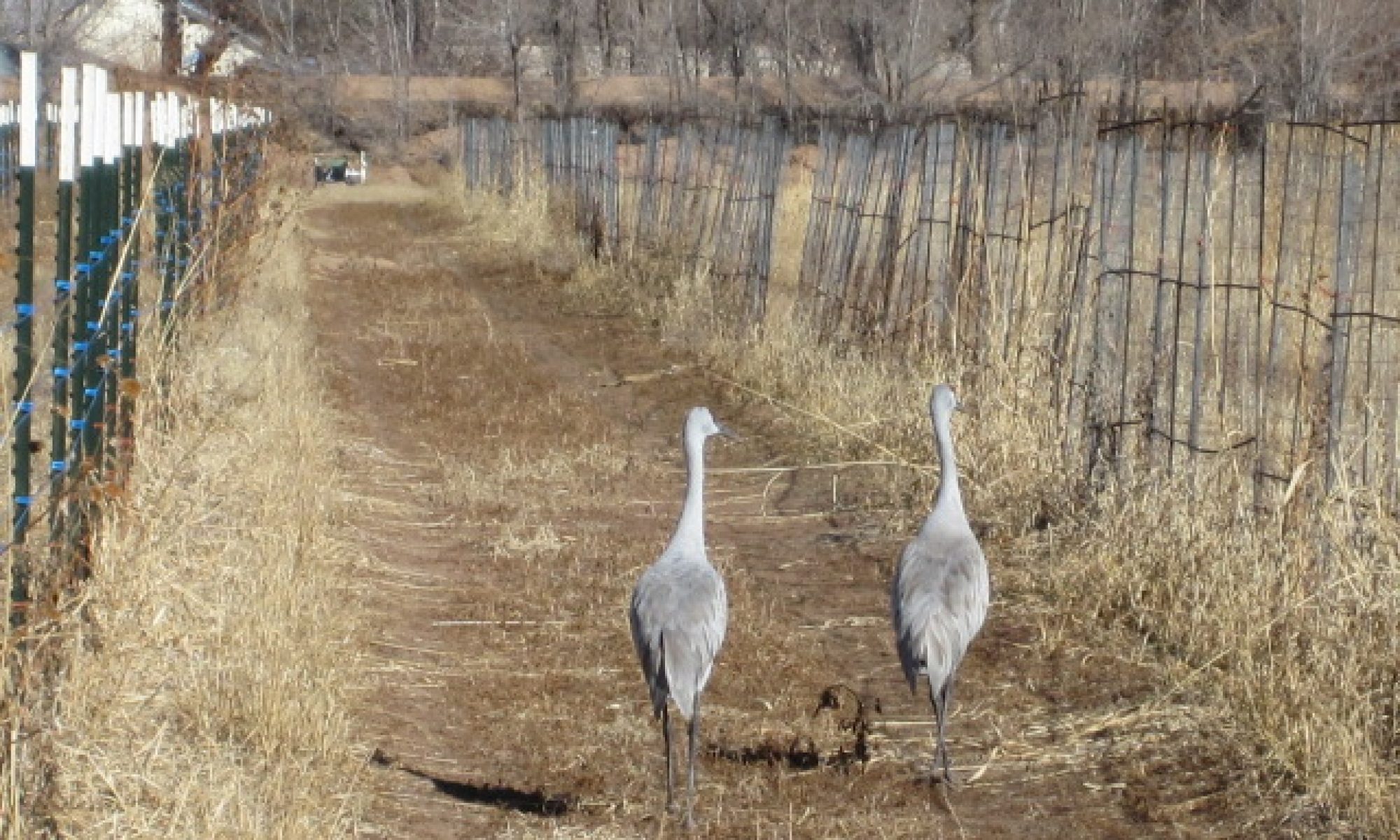I found the dead robin in the loft in front of the wine cellar a few weeks before my uncle died. I had come upstairs to get a sauvignon blanc, not to contemplate mortality, yet there she lay, still and harmless as a kicked-off shoe. She didn’t have a mark on her, which made me certain that my golden retriever not only hadn’t brought her in to the house, but didn’t even know she was here.
We make up myths to explain the inexplicable, so here’s mine: The bird walked in through the doggy door one quiet morning when no one was home. She might have been dizzy, having flown into a window. She might have seen the dog walk through the wall and been curious. She might have grown tired of a crow pestering her, or maybe she just wanted some shade.
Inside, she wandered around the house for a while, flapping up through open space, gaining altitude. There are thirty-two windows in my house. Seeing sky in so many places, she got confused. At last she decided the only way out was through the glass door at the eastern end of the loft. She soared into air gone strangely solid, staggered back a few feet, and died.
My husband wasn’t home when I found her, so I pulled a baby gate across the doorway to the loft to keep death in and the dog out, and went downstairs, wineless.
I am afraid of dead things. More precisely, I’m afraid of dead things in my house. Outside, in the world, I’m curious about the oddly tilted neck of the goose in the ditch, the hollowed out beaver on the trail, the fossilized lizard in the fountain. But here, inside my house, I’m totally freaked out.
Most of the time this isn’t a problem, but late last summer, wild things kept coming inside. We have a doggy-door that’s covered by a simple flap of carpet. For fifteen years, other than the time the neighbor’s jack russell terrier sauntered in while we were eating spaghetti (sensing correctly that my father-in-law would share his supper) and the time a squirrel peeked in but ran when I yelled “no,” and the time the beagles threw a party for a big black cat, it has served as a surprisingly sufficient barrier to keep the outside world outside.
Last August when the first mouse came in, I saw him slant-wise. He was there and not there, felt more than seen. I was just about to remind my husband of that time in the old house when a giant centipede skittered across the tile when the mouse made a run for it.
Mouse removal isn’t the sort of thing either of us is good at. Over the next twenty minutes, we managed to chase him out from behind the love-seat, around the room, and into the piano, where none of our ill-chosen tools (broom, dustpan, salad tongs, pancake flipper) proved useful either for catching him or scaring him out of the house. Finally, he escaped into another room where we lost his trail.
The next day, I did what I always do when I’m confronted with wild things I don’t understand. I went to my school to ask a science teacher, and came home on a kill mission. It turns out someone has actually built a better mousetrap, so after almost losing a few fingers to an old wooden one, I went to Home Depot and bought six little white plastic traps. Lined up on the kitchen counter, my weapons looked more like a row of tiny toilets than an arsenal.
Fred was on his way out of town, so after I smeared the traps with peanut butter and set them around the baseboards, he knocked on the neighbor’s door to arrange my disposal crew. Chuck, the neighbor, rolled his eyes. I know this because he rolled his eyes again when I rang his doorbell the next morning to ask him to throw my dead mouse away, and yet again when I recoiled as he tried to hand me the used mousetrap, sans mouse.
Two more mice came in alive and went out dead. While I grew efficient at trap placement, I never was able to throw the dead mouse away or to reuse a trap that had killed a mouse.
I’ve been trying to figure out why I’m afraid to touch these dead things. It isn’t about anything rational, and it’s not a superficial squeamishness. It’s deeper than that, more intractable; it’s monsters in the closet, trolls under the bridge. I know that if I hadn’t had a neighbor willing to throw the mouse away, I would have closed that bedroom door, sealed the opening beneath it with a towel, and left the carcass there until my husband got home. I am terrified to feel the weight of death in my hands.
Like so many other fears, naming it doesn’t make it go away. To understand isn’t necessarily to overcome. I keep tugging on the thread of this fear, trying to unravel the string back to a source. Today it leads me to a photo: a four-year old stands by a rosebush, reaching toward it. In one memory of this picture, an older brother is chasing me around the yard. In another, I’ve just put down the hose, which, I’m told, I would hold for hours, mesmerized by the flow of water.
Something about that little girl’s expression makes me think she was both living in that moment and already writing its story, that she was not just laughing at the water flowing from the hose, but capturing it, wondering about it, and preparing herself to report back to anyone who would listen that water comes out of a hose and turns into a rosebush.
Kafka explains this little girl to me when he says, “I have never understood how it is possible for almost everyone who writes to objectify his sufferings in the very midst of undergoing them.” He might have substituted “joys” or “loves” for “sufferings” if he had lived a happier life. I don’t know when I first realized I had a job in the world, that it would be my place not just to be, but to observe and to tell, to “objectify [my] experience” even as I was busy living it, but when I look at that little girl, I think she knew.
It’s dangerous, though. What if there are things you are afraid to know, like the weight and warmth of a dead bird in your hand? What if you are unwilling to go near the things that disturb you, like small dead animals in your home? What if you are too small, and the world is too big, and you decide to keep your art at a distance? What if you keep objectifying without writing?
Since art is how you were built to live, you end up, without ever planning it, keeping your whole life at a distance. You develop a limp, one foot walking on the path leading you to write, to be who you are built to be, one stepping safely on the same path you think everyone else is on. Your massage therapist confirms it: one leg has grown shorter than the other, one hipbone tilts awry.
It turns out this is an essay about art. We make up myths to explain the inexplicable, to help us tell the truth about the world. I have been trying to explain to myself why for so many years I lived without being claimed by writing. That objectivity that I mastered young lets you zoom out, live at a distance, while writing, if you do it, pulls you back in to the marrow. Kafka called a “non-writing writer” a “monster courting insanity.” Perhaps he meant a woman who might just begin screaming if she has to touch a dead robin by the wine cellar.
I don’t know if I have figured anything out here, or if I have said anything that will help anyone else figure anything out. I’d like to think I have. I do know that when Fred got home, it took him about twenty seconds to don a work glove, pick up the dead robin, and toss her in the trash outside.

